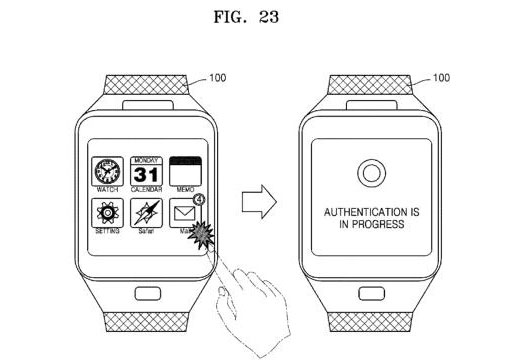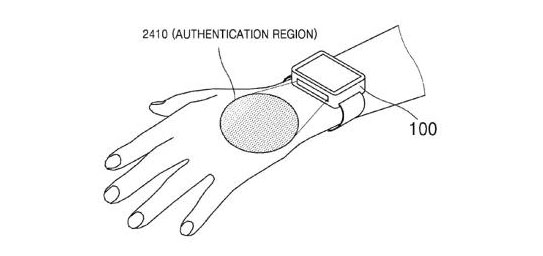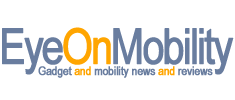 Future Samsung smartwatches may use images of the veins of the top of your hand or your wrist to recognize you. The South Korean company has filed a patent titled “Wearable Device And Method Of Operating The Same” with the United States Patent and Trademark Office (USPTO) for this new way of making sure that you are who you say you are. Like other biometric security methods, this new wearable authentication one would eliminate the need for you to do more than simply keep the device on you and ensure that it can see your veins at all times.
Future Samsung smartwatches may use images of the veins of the top of your hand or your wrist to recognize you. The South Korean company has filed a patent titled “Wearable Device And Method Of Operating The Same” with the United States Patent and Trademark Office (USPTO) for this new way of making sure that you are who you say you are. Like other biometric security methods, this new wearable authentication one would eliminate the need for you to do more than simply keep the device on you and ensure that it can see your veins at all times.
The wearable device will include a sensor that will capture one or more vein images of its user. An action requiring authentication will then take a new image of your veins and compare it to the one on file. If the two match, the action will be allowed to complete. The camera could be positioned on the side or even on the front bezel of the wearable.
A wearable device comprising: a sensor configured to capture a vein image of a user; and a processor configured to: in response to a function or an application being selected by the user, control the sensor to capture the vein image of the user wearing the wearable device; identify the user by comparing the captured vein image with at least one registered vein image; and in response to determining that the identified user has an execution authority for the selected function or application, execute the function or the application.

Authentication using vein images could replace current methods such as the annoying password sign-in or the fingerprint sensor. Assuming that the authentication process is fast enough, it could be used for everything from payment transactions or opening your hotel room door to more mundane actions such as opening your email account or pulling up music playlists for the appropriate user.
It remains to be seen if and when Samsung will bring its vein authentication technology to wearables.
Sources : USPTO // Fast Company
